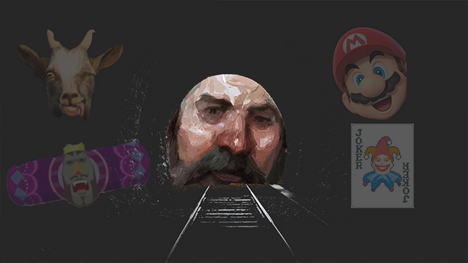June 25, 2024

As a game designer, you’ve got to keep asking yourself: What’s the goal of my design? For a lot of us, it’s creating an immersive experience, which can be achieved by getting players into a flow state. To get them there, you need to know what might be getting in the way. One gameplay element that has been debated for a while is the head-up display (HUD).
Flow in games
Let’s clarify what flow actually is about. You’ve probably heard it’s about balancing challenge and skill, and that’s true, but there’s more to it.
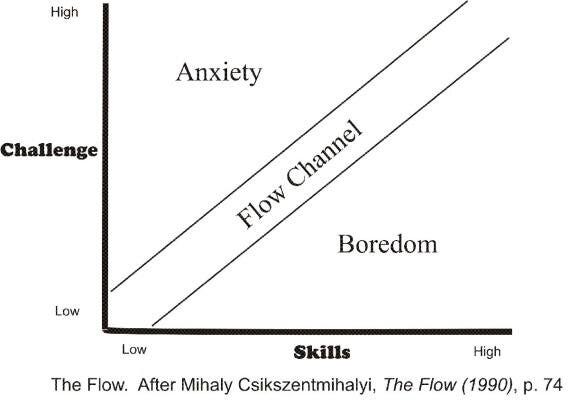
Skill/challenge curve (Csikszentmihalyi, 1990)
Flow is a special state where players get so absorbed into the game that they forget everything else—time, space, you name it. They’re focusing so hard that nothing else matters. Giving them a sense of control and making the gameplay experience incredibly engaging.
But there’s a catch. The flow state can also lead to players losing self-reflection, making it hard to remember what happened. So, as a game designer, always consider your design goals. If you want to create an unforgettable experience, flow might not be the way to go.
The role of the HUD in game
The HUD is the piece of user interface (UI) that overlays gameplay, serving a crucial role. It conveys information and feedback to the player, but it also has a supportive role. Information and feedback shown on the HUD can often be gathered through other means. Take a healing effect, for example. The primary way of showing this is through some VFX and animation, but it’s also indicated by sounds and HUD animations that support the conveying of this crucial information to the player.
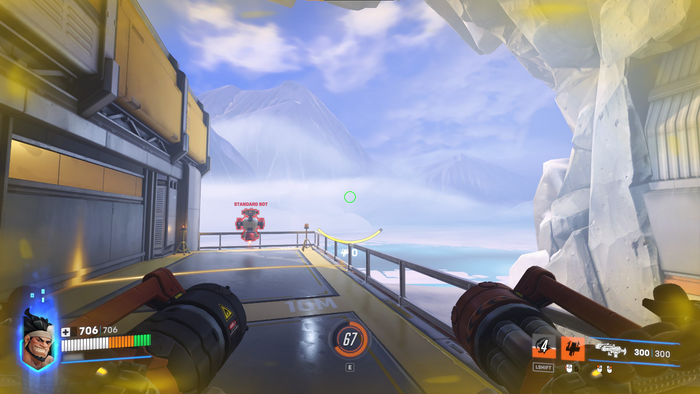
Screenshot from Overwatch 2 (Blizzard, 2022)
In short, information and player feedback are often represented in multiple ways, with the HUD being one of them.
Impact of the HUD on flow
Now, how does the HUD impact flow? In a few ways. First, removing the HUD might make players feel slightly out of control. This happens because players can feel lost without an ease of access to information, possibly weakening the flow state. However, this lack of easiness could also have its benefits. It forces players to concentrate more on what they’re doing, which could lead to a stronger flow state. This presents a confusing situation: losing the HUD might both strengthen and weaken the flow state.
So, should we abandon it?
There’s no clear answer to this question yet. The use of HUD has both its ups and downs, and it’s up to the game designer to figure out whether the benefits outweigh the downsides for their game. In game design there is one big rule: there are no set rules. It’s all about experimenting and taking the core of your game in mind. So, for anyone still wondering whether they should abandon the HUD, try it out. Who knows? Perhaps your game will be better for it. Or maybe not, and that’s why we experiment.
About the Author(s)
You May Also Like



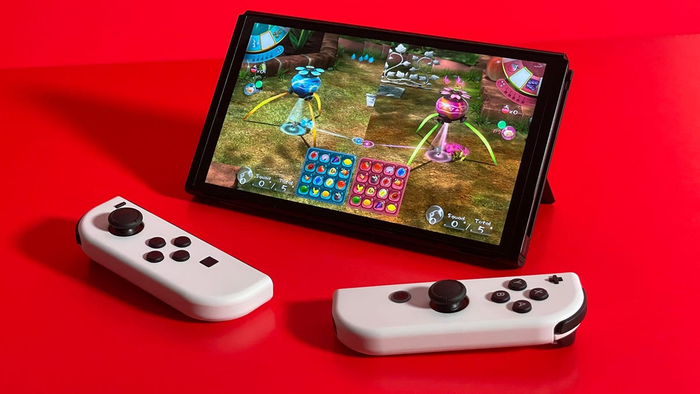
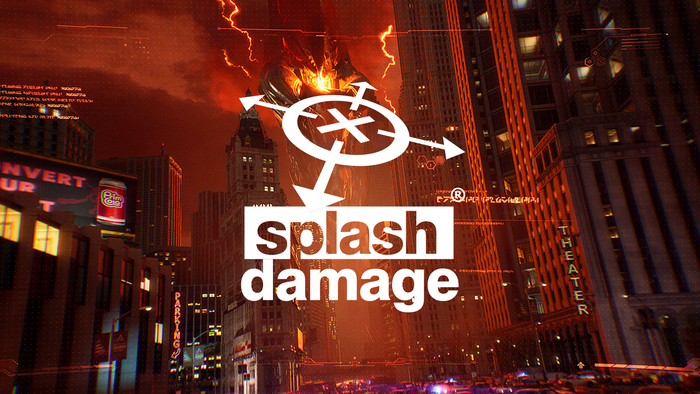



.jpeg?width=700&auto=webp&quality=80&disable=upscale)


.jpg?width=700&auto=webp&quality=80&disable=upscale)
